The Wampanoag Indigenous Program
Throughout 2023, Plimoth Patuxet Museums marked a significant milestone, the 50th anniversary of the establishment of the Wampanoag Indigenous Program. To commemorate the half-a-century legacy and the future of the program, the Museum hosted a slate of public events. From educational presentations to traditional storytelling, music and dance to art, Indigenous culture and heritage was celebrated.
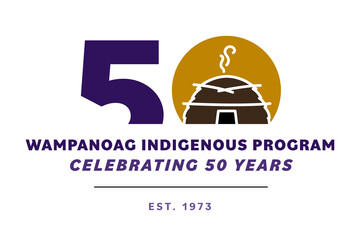
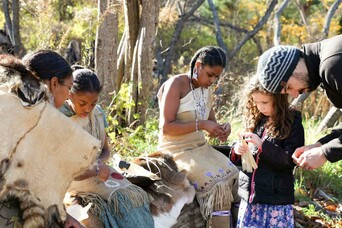
In 1973, at a time when few American museums incorporated Indigenous voices in their interpretation, this Museum began working directly with local Native people to incorporate Indigenous perspectives into its exhibits and programs. At that time, there were no federally recognized tribes. Fifty years later, there are over 500 federally recognized tribes.
Knowledge keepers from over the years of the Wampanoag Indigenous Program have moved on from the Museum and risen to various leadership roles within their communities. At Plimoth Patuxet, we celebrate this. Though the history that has been pieced together through decades of research is uncomfortable, and has us asking many hard questions, our vibrant educational mission continues on site, online, and in communities and classrooms around the country.
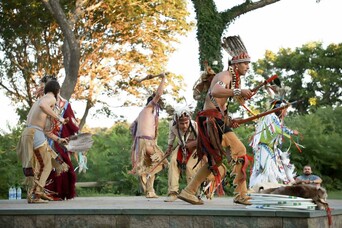
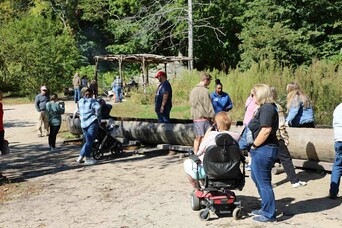
Reflecting on this important commemoration, Ellie Donovan, Executive Director, said, “This was truly an exciting year of honoring the spirit and enormous contributions of the Wampanoag Indigenous Program – a year that illuminated history and culture by sharing the traditions, stories, and lifeways of the Wampanoag, Pokanoket, and other Indigenous peoples of the Northeast. We are grateful to our colleagues and collaborators who helped bring this milestone year to life and for the generous support of our members, donors, and community partners.”
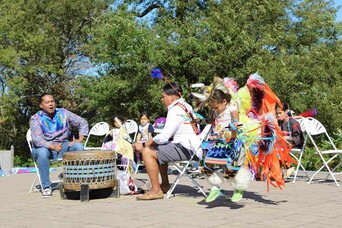
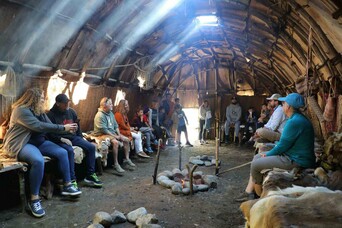
The story we share brings many complexities to light. Listening to Indigenous perspectives and histories gives us a deeper understanding of today’s multicultural America and the contributions of our ancestors – Indigenous and immigrant alike. The events that occurred in the 17th century, here along these historic shores of change, have a profound impact. That is why every fall students come to visit, lifelong learners from all over the world come, local friends and neighbors come. This story and history impacts everyone, especially those who choose to listen.
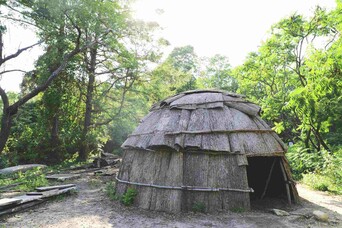
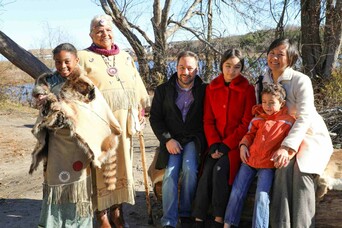
Looking ahead, the future is bright for continuing the Museums’ Indigenous research and programming. An exciting example of advancing the educational mission is the plan for the Bridge to the Future – a building project that will create new opportunities for underrepresented contemporary expressions of Indigenous history, heritage and culture. This inclusive and diverse expansion of the Indigenous program aims to engage learners of all ages while helping our guests understand that Indigenous communities are still here, and that they are an integral part of the history we make today.
Video Spotlight: Nuhshwetu Maintenance Project Completion!
A highlight of this 50th milestone year was a special maintenance project for Plimoth Patuxet’s nuhshwetu using traditional materials and methods. In this video, Plimoth Patuxet staff discuss the project, share behind-the-scenes moments of bark harvesting, and provide a glimpse into the maintenance work that was carried out this year.
Nuhshwetu is the Wampanoag word for a house large enough to accommodate three fires. The nuhshwetu on the Historic Patuxet Homesite represents the winter shelter for an extended family. Originally constructed in 2017, this traditional bark-covered house is an integral feature of the Historic Patuxet Homesite and is enjoyed by visitors as they learn about Wampanoag culture and lifeways. The work on this 36-foot-long cedar wood-framed structure was completed this year. The work on the structure gave museum-goers an opportunity to see firsthand an Indigenous lifeways skill that has been passed on through the generations.